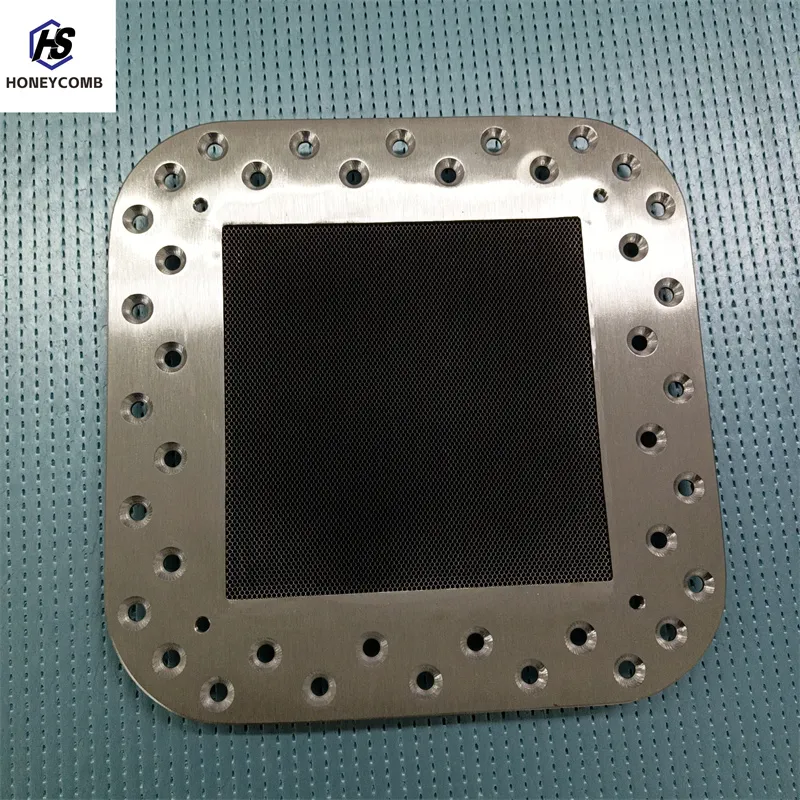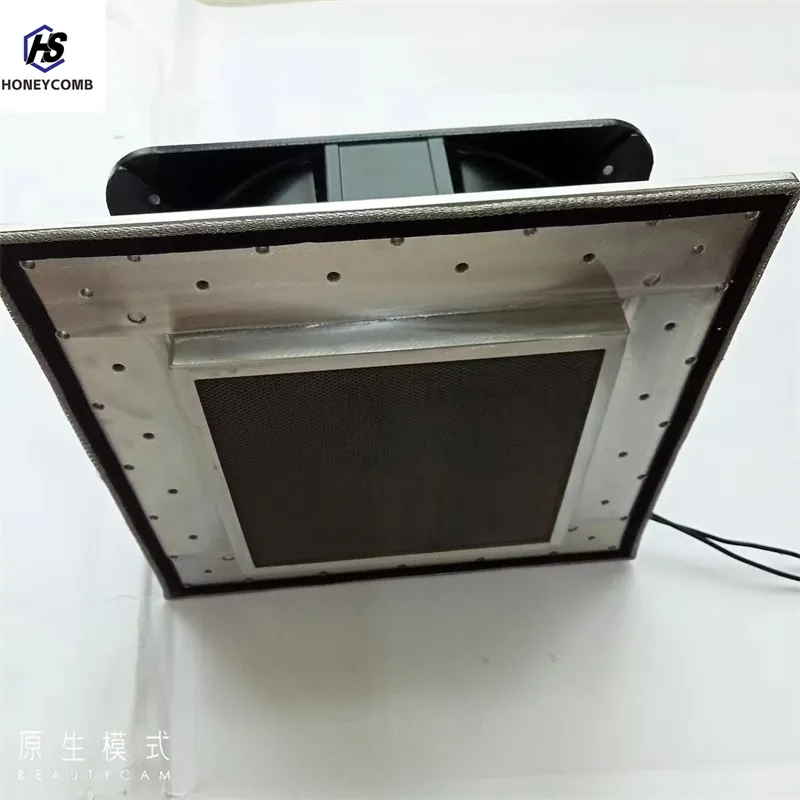
- Afrikaans
- Albanian
- Amharic
- Arabic
- Armenian
- Azerbaijani
- Basque
- Belarusian
- Bengali
- Bosnian
- Bulgarian
- Catalan
- Cebuano
- China
- China (Taiwan)
- Corsican
- Croatian
- Czech
- Danish
- Dutch
- English
- Esperanto
- Estonian
- Finnish
- French
- Frisian
- Galician
- Georgian
- German
- Greek
- Gujarati
- Haitian Creole
- hausa
- hawaiian
- Hebrew
- Hindi
- Miao
- Indonesian
- Italian
- Japanese
- Javanese
- Malay
- Persian
- Portuguese
- Punjabi
- Russian
- Spanish
- Swahili
- Telugu
- Vietnamese

Feb . 10, 2025 12:26
Back to list
Hengshi Honeycomb Stainless Steel/Hastelloy Honeycomb Seals Strips Gas Seal Strips
Steel honeycomb cores are transforming various industries with their unique blend of strength, lightweight properties, and versatility. Known for their exceptional structural performance, they are particularly prominent in aerospace, automotive, and construction sectors. The appeal of steel honeycomb cores lies in their innovative cellular structure, which provides outstanding rigidity and shock absorption capabilities.
Factors Contributing to Their Popularity - Versatility Steel honeycomb cores are customizable to meet specific demands. Varying the thickness of the steel or the cell size adjusts the properties of the core, allowing precise tailoring for different applications. - Eco-Friendliness These cores contribute to sustainability by reducing material usage and supporting weight-saving designs that improve energy efficiency. - Cost-Effectiveness Despite the initial perceived costs, steel honeycomb cores often reduce overall project expenses. Their durability means fewer replacements, and their lightweight nature can reduce transportation and installation costs. Challenges and Considerations While steel honeycomb cores offer numerous benefits, there are considerations to be mindful of. Manufacturing precision is crucial, as any deviations in cell uniformity can affect performance. Additionally, specific applications may require hybrid core constructions, combining steel with other materials to enhance properties like thermal insulation or corrosion resistance. Future Prospects and Innovations Advancements in manufacturing technologies, such as 3D printing, are set to offer even more innovation with steel honeycomb cores. These technologies could allow for more complex geometrical designs, enhancing their application potentials further. Companies are also exploring using coatings and composite materials to enhance the inherent properties of steel honeycomb cores, making them even more versatile and effective. In summary, steel honeycomb cores represent a blend of nature-inspired design and cutting-edge engineering, offering solutions across various industries by maximizing performance while minimizing material usage. Continued research and technological advancements indicate a promising future for these innovative components, ensuring they remain a staple in modern engineering and design.


Factors Contributing to Their Popularity - Versatility Steel honeycomb cores are customizable to meet specific demands. Varying the thickness of the steel or the cell size adjusts the properties of the core, allowing precise tailoring for different applications. - Eco-Friendliness These cores contribute to sustainability by reducing material usage and supporting weight-saving designs that improve energy efficiency. - Cost-Effectiveness Despite the initial perceived costs, steel honeycomb cores often reduce overall project expenses. Their durability means fewer replacements, and their lightweight nature can reduce transportation and installation costs. Challenges and Considerations While steel honeycomb cores offer numerous benefits, there are considerations to be mindful of. Manufacturing precision is crucial, as any deviations in cell uniformity can affect performance. Additionally, specific applications may require hybrid core constructions, combining steel with other materials to enhance properties like thermal insulation or corrosion resistance. Future Prospects and Innovations Advancements in manufacturing technologies, such as 3D printing, are set to offer even more innovation with steel honeycomb cores. These technologies could allow for more complex geometrical designs, enhancing their application potentials further. Companies are also exploring using coatings and composite materials to enhance the inherent properties of steel honeycomb cores, making them even more versatile and effective. In summary, steel honeycomb cores represent a blend of nature-inspired design and cutting-edge engineering, offering solutions across various industries by maximizing performance while minimizing material usage. Continued research and technological advancements indicate a promising future for these innovative components, ensuring they remain a staple in modern engineering and design.
Products categories
Latest news
-
Why Vented Aluminum Honeycomb Is Leading the Way in Shielding and Ventilation SolutionsNewsJul.18,2025
-
Why Stainless Steel Honeycomb Panel is the Ultimate Choice for High-Tech Shielding and ProtectionNewsJul.18,2025
-
Why Honeycomb Strips Are Revolutionizing High-Speed Sealing SolutionsNewsJul.18,2025
-
Shielded Glass Innovation Powers the Future of Electromagnetic ProtectionNewsJul.18,2025
-
Precision Starts Here: Revolutionizing Airflow Control with Honeycomb Wind Tunnel SolutionsNewsJul.18,2025
-
Elevate Industrial Performance with Precision-Engineered Steel Honeycomb Core SolutionsNewsJul.18,2025
-
Vented Aluminum Honeycomb: A Smart Shield for Airflow and EMI ControlNewsJul.11,2025















